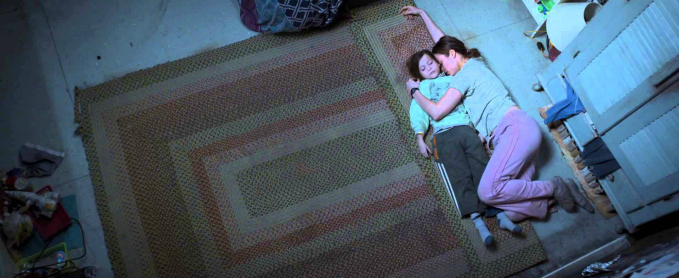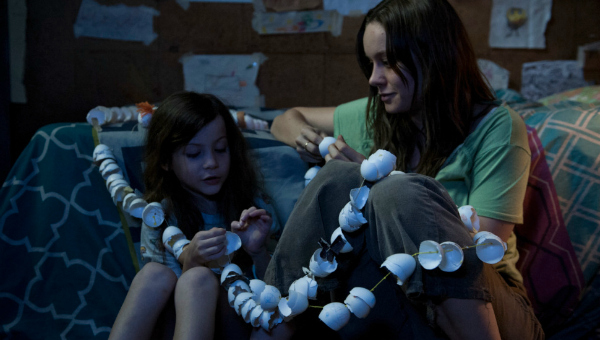 Winner of the People’s choice Award at the Toronto Film Festival, and nominated for Best film in the official competition at the London Film Festival, ROOM is an unusual thriller adapted by Emma Donoghue from her own novel of the same name.
Winner of the People’s choice Award at the Toronto Film Festival, and nominated for Best film in the official competition at the London Film Festival, ROOM is an unusual thriller adapted by Emma Donoghue from her own novel of the same name.
Jack and his mom Joy are trapped in “Room”, the shed in which they have been imprisoned since Joy was kidnapped at age seventeen by “Old Nick”. Jack has never seen the outside world. To protect his innocence, Joy lies to him about what is outside Room until, after his fifth birthday, she decides that he is big enough to know that the world outside is real, and that they need to escape.
After carefully coming up with a plan, Joy is able to set Jack free and make it possible for the police to finally find her, seven years after her abduction. Once outside, however, life isn’t easy. Joy discovers that life didn’t stop while she was in captivity, and Jack is overwhelmed by the real world finally in front of him, a world he thought was a fragment of imagination and magic. They both will have to adjust and try to move on, and build a new life for themselves out of the Room.
ROOM doesn’t fit in the stereotypical canons of the thriller genre. Throughout the film, there is only one moment filled with gripping tension and it corresponds with the turning point of the film, when Joy’s plan to escape is set in motion. Danny Cohen’s cinematography is pivotal to the film’s vivid claustrophobia. The camera is always set on small details, from the scarce furniture in the shed to a close up on either Jack or Joy’s face or body. This approach, paired up with the lack of any external sound and the almost bare scenography makes it possible for the audience to connect with the characters and empathise with their situation.
Along with Jack, the audience rediscovers the world.
Once Jack is free, however, the camera opens wide and the panoramic shots focus on a sky and a world which had only ever been visible to Jack through a skylight or a television screen. While for the first part of the film Jack and Joy are trapped, and forced to scrape by with what Old Nick buys for them to survive, the main focus of ROOM is actually the aftermath of a kidnapping. It analyses what it means for the victim to get back to its life after feeling like time stood still for so long.
Brie Larson masterfully portrays both the fragility and strength of Joy, a young woman who had to keep some sort of normal life for the sake of her son, who was conceived after two years of abuse and captivity. The story is told by Jack’s point of view, which lends a surreal, innocent tone to its depiction of brutality and trauma. Along with Jack, the audience rediscovers the world. Like a child who does not understand post traumatic disorders, the viewers witness Joy’s breakdowns and her journey towards recovery, but they also examine Jack’s own response to his traumatic experience.
ROOM also leaves some space to hope, showcasing how family and affection are fundamental to help Jack and his mother reach some sort of normalcy. The closure comes at the end, when the film ends where it all began, and ROOM becomes just a tight space filled with bad memories. Director Lenny Abrahamson doesn’t leave room for suspense, but deeply analyses what it really means to be ripped away from everything, and with disarming innocence examines the frightening issue of “what happens next”.
httpvh://youtu.be/6C6fZ-fwDws

